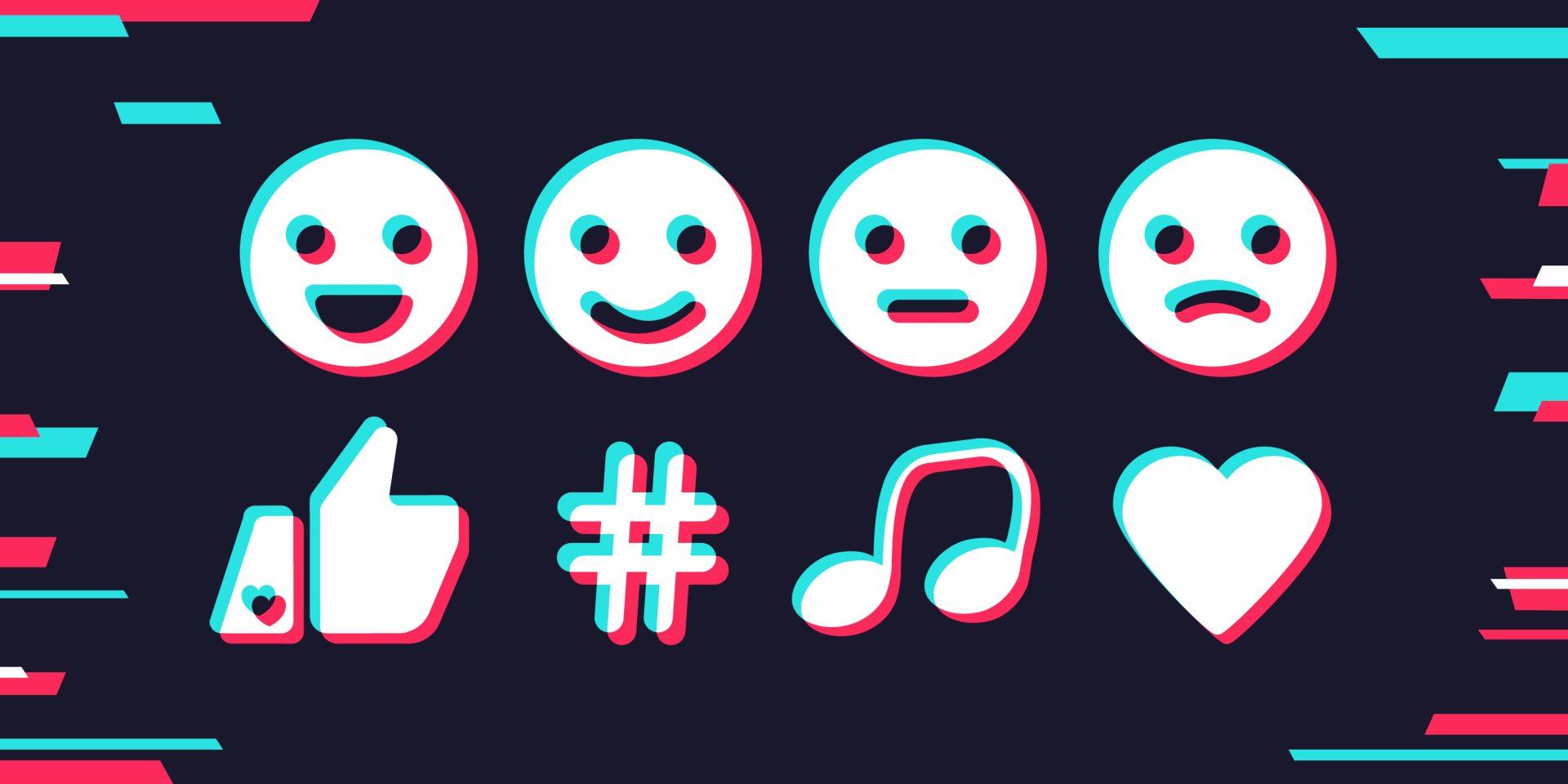
POV (Point of View), or “point of view”, has firmly entered the online culture and opened up new opportunities not only for users, but also for businesses.
This is reported by “URA-Inform”.
Today, the abbreviation is used far beyond its original meaning, turning into a powerful tool for influencing the perception of content and interacting with the audience. Let's look at how POV has become part of everyday communication, a cultural phenomenon, and a marketing trend.
POV in the context of video content: first-person emotions
Videos labeled POV are based on the immersion effect. They offer the viewer the opportunity to feel like they are in another person's shoes – from extreme races with a helmet camera to everyday scenes from the lives of bloggers.
This format ensures a high level of engagement because it directly affects emotions: the audience does not just watch, but experiences situations together with the author. Marketers actively use POV videos in advertising, creating virtual tours of hotels, test drives of cars or tastings of products, which helps potential buyers get to know the product or service better.
POV as a meme: a game with perception and comedy
The transition of POV into memes has become a separate phenomenon. At first, the term was established on video platforms such as TikTok, and then migrated to the format of static memes. Memes marked POV most often play out situations in which the viewer recognizes himself or finds an ironic combination of text and image.
However, the format is often criticized for being overused, when POV is used in situations where it does not carry much semantic load. Nevertheless, it is precisely this flexibility and the ability to interpret POV in different ways that makes it attractive to marketers. Memes with a point of view are actively used by brands for viral campaigns, seeking to increase recognition through humor and interaction with the audience.
Example: retail chains publish posts on social networks like “POV: you found a 50% discount on your favorite product”, adding funny photos or gifs to them.
POV as a marketing tool: engagement and identification
POV has evolved into a flexible tool that allows businesses to create stories that resonate with consumers on a deep level. Using this format in advertising campaigns not only increases engagement, but also creates an emotional connection to the brand, since the viewer or client sees the situation through the eyes of the participant.
Practical examples of using POV in business:
- tourism: videos where the viewer sees landscapes through the eyes of a traveler;
- car manufacturers: POV test drives for immersive experiences;
- retail: memes with POV, presenting promotions and discounts through situations familiar to everyone.
In addition, information appeared about the quad bike movement, and why it became so popular.

